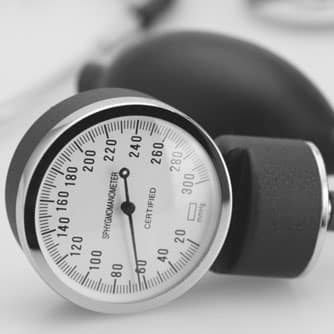High systolic blood pressure (the pressure when the heart contracts) is a powerful risk factor for cardiovascular disease (stroke, heart attack and heart failure) and its complications in middle-aged and older women. Jan A. Staessen, from the University of Leuven (Belgium) and colleagues collaborating as the International Database on Ambulatory blood pressure in relation to Cardiovascular Outcomes (IDACO) Investigators, have found that middle-aged women may markedly reduce their risk of developing cardiovascular disease and its related complications, simply by lowering their blood pressure. The research team, composed of investigators in 11 countries, followed 9,357 adult men and women, average age 53 years, residing in Europe, Asia and South America, for more than 11 years. The team found that three major risk factors account for 85 percent of the modifiable (reversible) risk for heart disease in women and men: high systolic blood pressure, high cholesterol and smoking. With high systolic pressure found to be the most important risk factor, the team determined that the proportion of potentially preventable and reversible heart disease is almost 36% in women, as compared to 24% in men, as measured by 24-hour systolic blood pressure monitoring. Specifically, a 15 mm Hg increase in systolic blood pressure increased the risk of cardiovascular disease by 56% in women, as compared to 32% in men. The researchers urge that: “Our results reveal a vast and largely unused potential for cardiovascular prevention by [blood pressure]-lowering treatment in women.”
Lower Blood Pressure to Sharply Reduce Risks of Stroke and Heart Attack
Jose Boggia, Lutgarde Thijs, Tine W. Hansen, Yan Li, Masahiro Kikuya, Kristina Björklund-Bodegard, Jan A. Staessen, et al, on behalf of the International Database on Ambulatory blood pressure in relation to Cardiovascular Outcomes (IDACO) Investigators. “Ambulatory Blood Pressure Monitoring in 9357 Subjects From 11 Populations Highlights Missed Opportunities for Cardiovascular Prevention in Women.” Hypertension, Jan 2011; doi:10.1161/HYPERTENSIONAHA.110.156828.
RELATED ARTICLES




